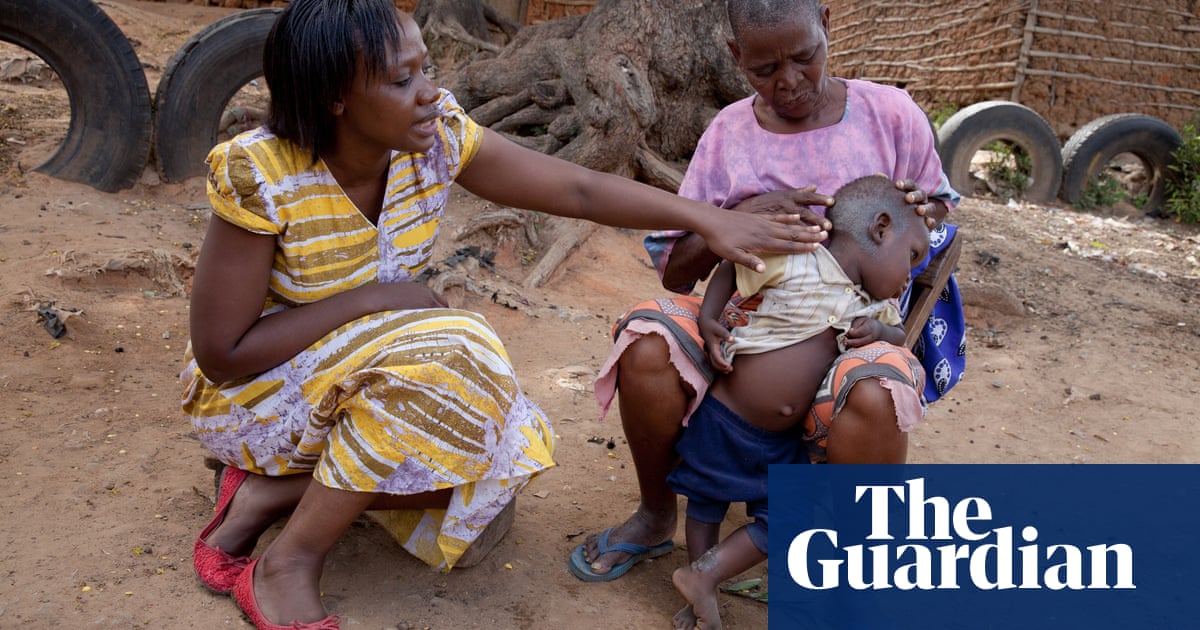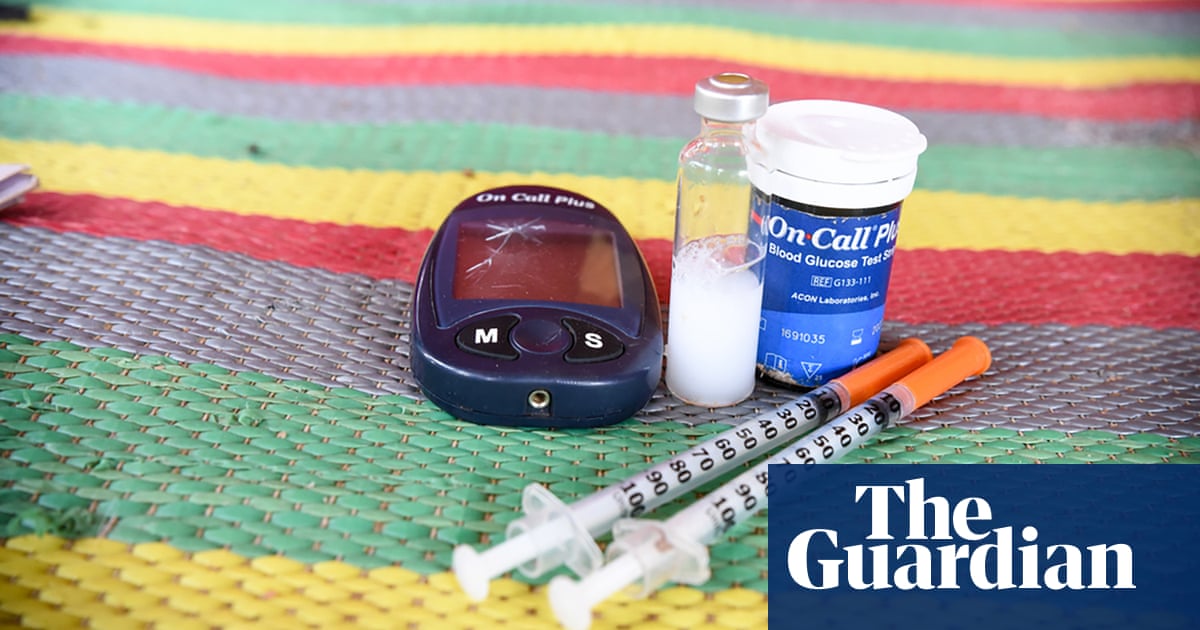
Urgent action is needed to address the “staggering harm” caused by lead poisoning, mostly in low-income countries where more than half of children are exposed to dangerous levels of the pollutant.
A year-long project, led by Washington-based thinktank the Center for Global Development (CGD), has concluded that lead poisoning constitutes a global health crisis that has been “extraordinarily neglected” by donors and political leaders.
An estimated 815 million children – one in three worldwide – have lead poisoning, a condition linked to heart and kidney disorders, impaired intelligence, violent behaviour and premature death. Last month, a paper in Lancet Planetary Health estimated that, in 2019, 5.5 million people died because of cardiovascular disease caused by lead poisoning, about three times the number killed by lung cancer.
The World Bank calculates the cost of premature deaths to be equivalent to $4.6tn, or 5.3% of global GDP. The effects of lead poisoning are also a significant barrier to achieving almost all of the UN’s sustainable development goals, the report says.
Children are most vulnerable to the condition because they’re more likely to put lead items in their mouths (for instance, toys covered in lead paint), and because their bones and organs absorb more of the metal once consumed. Additionally, lead, which is a neurotoxin, can more easily cross the blood-brain barrier at younger ages, where it can severely affect mental development.
In July, a working paper published by the CGD aggregated 47 studies to show that the more lead children are exposed to, the lower their test scores in maths, reading and IQ. The CGD found that about a fifth of the total gap in test scores between children in rich and poor countries is attributable to differences in lead exposure.
Strict laws and billions of dollars in addressing the causes of poisoning prevent most children in wealthy countries from coming into contact with significant amounts of lead. That is not the case in poorer nations, where the metal continues to be used in commercial products such as paint (which can chip and create dust that people breathe in), traditional medicines and spices, as well as cookware glazed in lead, which can leach into food.
The failure to create buffer zones between mining waste facilities and residential areas also contributes to soil and air contamination in poor countries, as does the absence of well-enforced safety and environmental standards for lead-acid battery recyclers.
As a result, it is estimated that more than half of all children in low-income countries have lead poisoning – the figure is just 3% in rich nations. During the height of the water crisis in Flint, in the US state of Michigan, where lead was found in drinking water, less than 4% of Flint’s children were clinically poisoned.
An estimated $350m in targeted aid from 2024 to 2030 would be enough to dramatically reduce lead exposure in lower-income countries, provided there is enough engagement from political leaders, according to the CGD. Funding requirements include donations for lead-testing equipment, support with advocacy and awareness campaigns, and technical assistance with drafting and enforcing regulations.
But the CGD identified that annual philanthropic funds to prevent and mitigate lead exposure in low- and middle-income nations amount to just $11m.
The CGD statement says dramatic action is needed to end the “slow-moving crisis” and calls on development agencies and banks to support governments in low- and middle-income countries to produce national strategies that include regulation and increased awareness.
In the short term, reducing contamination, for example by removing products from the market, can have a significant impact.
A 2019 study in Bangladesh found that turmeric was often adulterated with lead to make it brighter, and that this was the main source of lead exposure in the areas tested. In response, external donors helped sponsor an initiative with the Bangladesh Food Safety Authority and experts to educate the public about the dangers of lead. They also warned consumers to avoid bright yellow turmeric and notified suppliers about the legal penalties for lead adulteration. Health inspectors were then trained to test turmeric samples from a large wholesale market in the capital Dhaka, and offending sellers were fined.
Researchers found that in 2019, just before this campaign, almost half of the turmeric sampled from Dhaka’s main wholesale market contained detectable amounts of lead. By 2021, a year after the initiative, this had dropped to zero.












